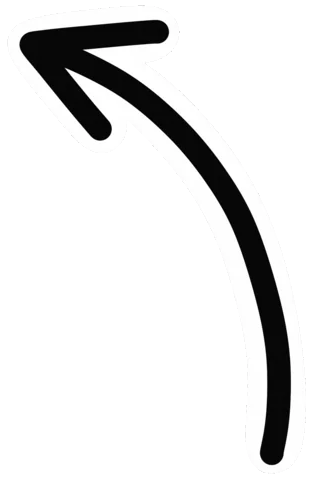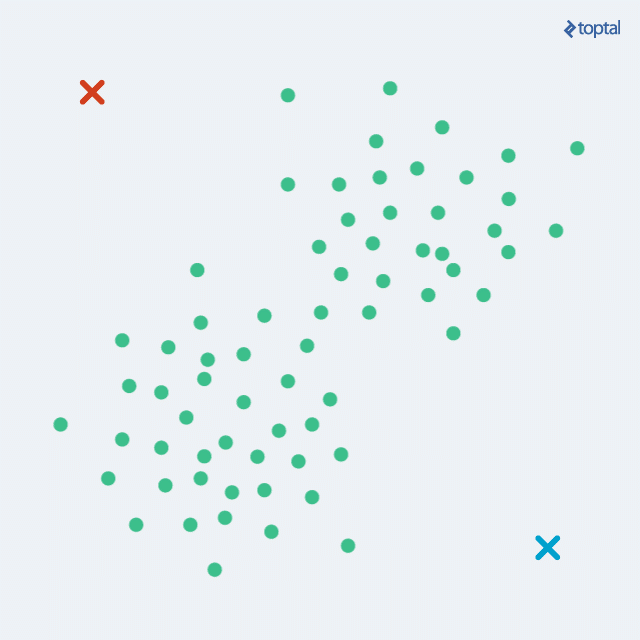Unsupervised Learning Details
Message from the Writer
Quick Test
This is For You to Check Your Understanding of the Previous Chapter
Color Define the difficulty of the Question
Hard Question →
RED
Medium Question →
SKY
Easy Question →
GREEN
Very Easy Question →
YELLOW
- Which of the following is NOT supervised learning?
💡Answer
Answer: (a)
- Suppose we would like to perform clustering on spatial data such as the
geometrical locations of houses. We wish to produce clusters of many different
sizes and shapes. Which of the following methods is the most appropriate?
💡Answer
Answer: (b)
- What is the minimum no. of variables/ features required to perform
clustering?
💡Answer
Answer: (b)
- For two runs of K-Mean clustering is it expected to get same clustering
results?
💡Answer
Answer: (b)
- Is it possible that Assignment of observations to clusters does not
change between successive iterations in K-Means
💡Answer
Answer (a)
-
Which of the following can act as possible termination Conditions in K-Means?
-
For a fixed number of iterations.
-
Assignment of observations to clusters does not change between
iterations. Except for cases with a bad local minimum.
-
Centroids do not change between successive iterations.
-
Terminate When RSS falls below a threshold.
Which of the following can act as possible termination Conditions in K-Means?
-
For a fixed number of iterations.
-
Assignment of observations to clusters does not change between iterations. Except for cases with a bad local minimum.
-
Centroids do not change between successive iterations.
-
Terminate When RSS falls below a threshold.
💡Answer
Answer: (d)
- Which of tho following algorithm is most sensitive to outliers?
💡Answer
answer: (a)
- In which Of the following cases will K-Means clustering fail to give good results?
- Data points with outliers
- Data points with different densities
- Data points with round shapes
- Data points with non-convex shapes
- Data points with outliers
- Data points with different densities
- Data points with round shapes
- Data points with non-convex shapes
💡Answer
Answer: (d)
- PCA reduces the dimension by finding a few ________________________________
💡Answer
b) Linear method
- PCA is a ________________________
💡Answer
Answer: (b)
- PCA is used to find _________________
💡Answer
Answer: (d)
- __________________basically known as characteristic roots. It basically measures the variance in all variables which is accounted for by that factor
💡Answer
Answer: (a)
- __________ is a dimensionality reduction technique which is commonly used
for the supervised classification problems.
💡Answer
Answer: (b)
- Which of the following is a reasonable way to select the number of principal
components "k"?
💡Answer
Answer: (a)
- In which of the following cases will K-means clustering fail to give
results? 1) Data points with outliers 2) Data points with different densities 3) Data points with non-convex shapes
💡Answer
Answer: (c)
- How can you prevent a clustering algorithm from getting stuck in bad local
optima?
💡Answer
Answer: (b)
- In Which Machine Learning Algorithm,No labels arc given to tho learning
algorithm, leaving it on its own
💡Answer
Answer: (d)
- Which of the following is required by K-means clustering?
💡Answer
Answer: (d)
- Point out the wrong statement.
💡Answer
Answer: (c)
- PCA is
💡Answer
Answer: (c)


